
14 Adorable Types Of Rainbowfish (With Pictures)
The Australian Rainbow fish is a beautiful, multicolored colored fish that is available in a number of different color variations in the aquarium trade. On average, they get between 4 and 6 inches in length depending on the species. It is a schooling fish, so the more members of the school, the more secure the fish will feel and the less.

Australian Rainbowfish (Melanotaenia fluviatilis) Tropical Fish Keeping
Australian rainbow fish is a colorful, active species ideal for intermediate to advanced fish keepers. Learn more about them in this guide.

Melanotaenia Sp. Wapoga Red Laser rainbowfish Tropical Tanks, Tropical Fish, Australian
Species Overview. Rainbowfish are a group of fish that contains about 50 different species of fish that are native to different parts of the globe. The Australian Rainbow Fish is one of them that are native to the continent of Australia.. It is scientifically named " Melanotaenia fluviatilis" and is a member of the family Melanotaeniidae, which also includes other popular aquarium fish.

Photo 6 Melanotaenia Australis Western Rainbowfish M...
Rainbow Fish are native to Australia and Indonesia. They were first sighted in 1903 by a British ichthyologist called Charles Regan Tata. Ever since their discovery, many ichthyologists from different parts of the world have been successful in bringing other Rainbow Fish species to notice.
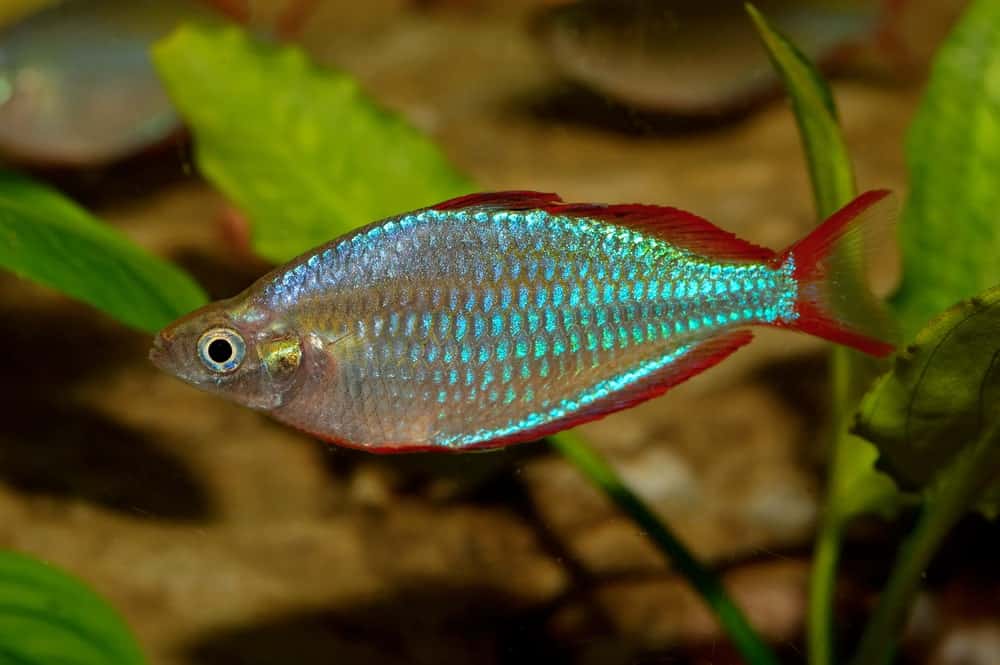
10 Different Types of Rainbowfish
The recommended temperature for Australian rainbowfish is between 72F and 75F, and you can keep the pH levels between 7.0 and 8.3. Here is the interesting thing, though. Australian rainbowfish is one of the very few species that have grown accustomed to changing temperatures.
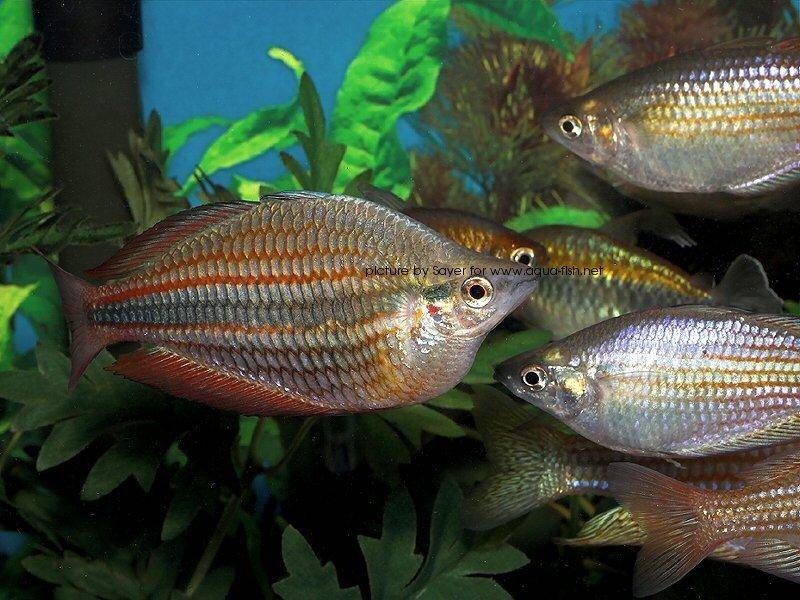
A page devoted to caring for Australian rainbowfish (Melanotaenia fluviatilis)
1. Tank Size. Australian rainbows are schooling fish that live in schools of 8 or more. So, you will need a minimum community tank size of 30 gallons for a small school of these fish. But, if you want to keep a larger school, then you should get a 50 to 100-gallon tank. 2. Tank Lid.
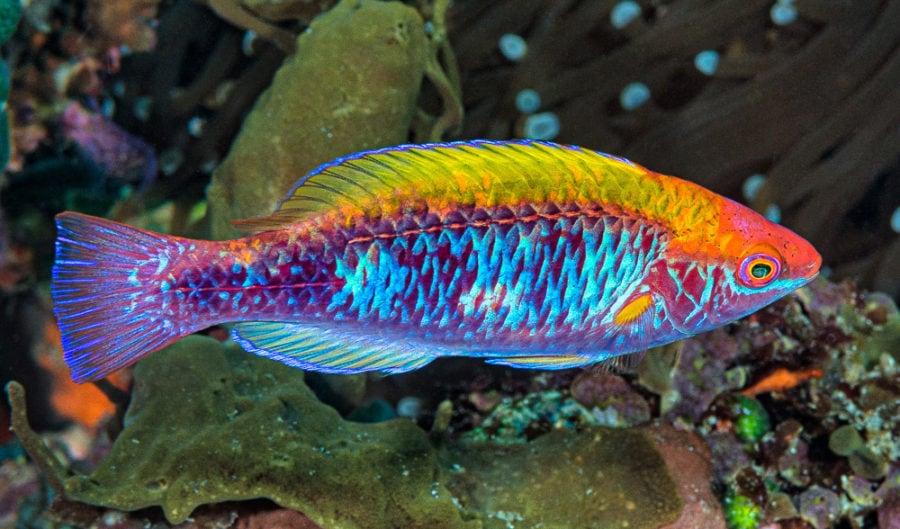
Fairy wrasses are reallife rainbow fish Australian Geographic
Australian Rainbow Fish Species Profile and Identification. Australian Rainbow Fish, scientifically known as Melanotaeniidae, are a stunning addition to any freshwater aquarium. Known for their vibrant colors and lively demeanor, they catch the eye of many aquarium enthusiasts. There are several species of Australian Rainbow Fish:

Australian Rainbow Fish Care, Maintenance, and Breeding
P. antipodarum is native to New Zealand and adjacent islands (Ponder, 1988).Its first occurrence in Europe was in England in 1859 (Ponder, 1988).In Australia it was first reported in Tasmania in 1872 and in continental Australia in 1895 (Ponder, 1988).In America it was first recorded in 1987 in middle reaches of the Snake River, Idaho, probably escaped from a fish farm (Bowler, 1991).

Australian Rainbow Fish Care, Maintenance, And Breeding
The Australian Rainbowfish is slender-bodied with a narrow head and arched back. The fish has two dorsal fins and distinctive, large eyes. The male fish of the species are the most colorful. The body is bluish-brown or olive green, often with a contrasting dark, horizontal stripe along the midline.
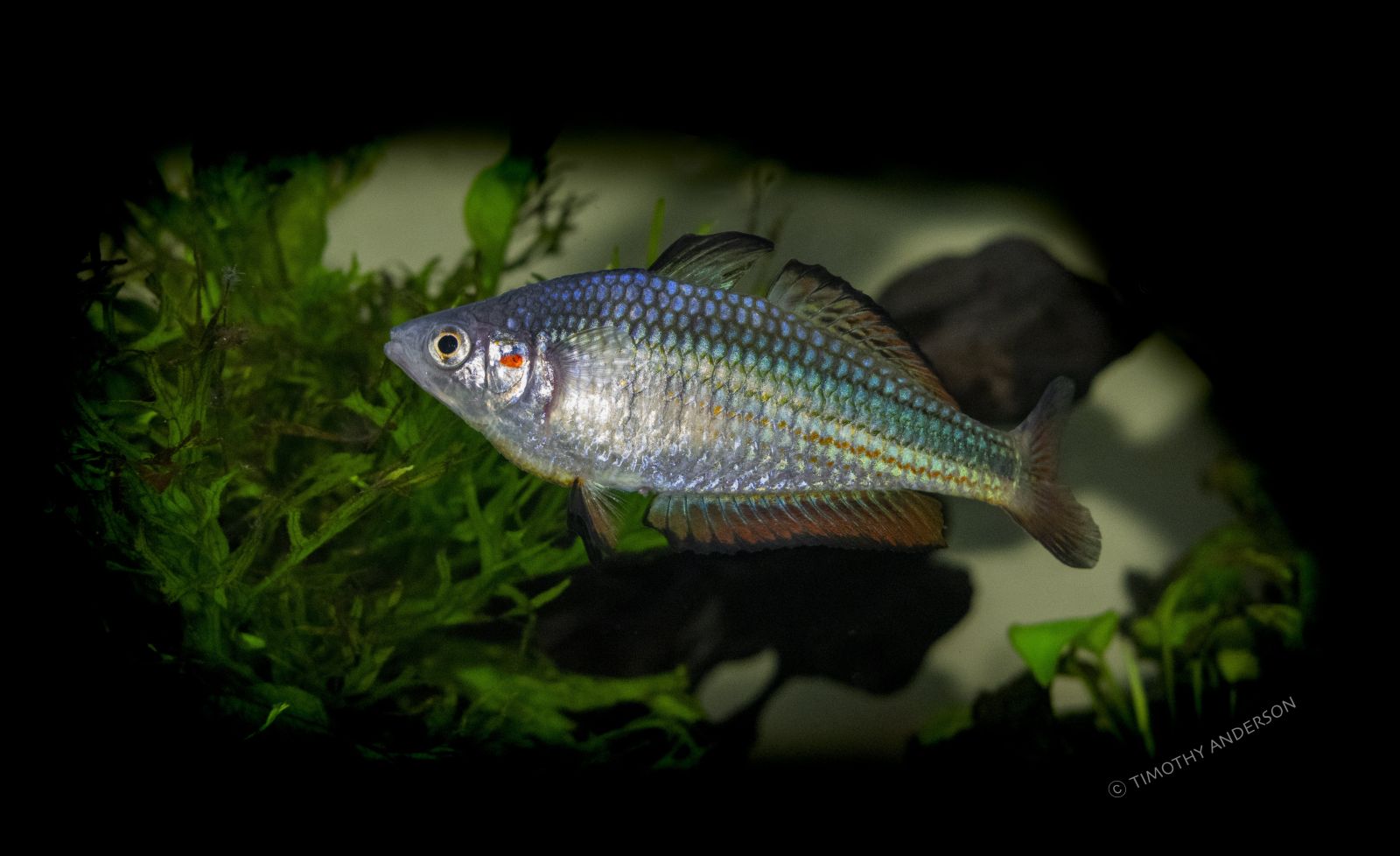
Photo of a male crimson spotted rainbowfish
Rainbowfishes are small, colourful freshwater fishes belonging to the family Melanotaeniidae, found in northern and eastern Australia, New Guinea (including islands in Cenderawasih Bay and Raja Ampat Islands in Indonesia), Sulawesi and Madagascar . The largest rainbowfish genus, Melanotaenia, derives from the ancient Greek melano (black) and.

List Of Full Grown Australian Rainbow Fish References
The breeding aquarium should be at least 30″ long, and contain slightly hard, alkaline water with a pH of around 7.5 and a temperature of 72-75°F. A small air-powered filter will provide sufficient oxygenation and flow. The tank should be filled with fine-leaved plants such as java moss, or nylon spawning mops. No substrate is necessary.

Rainbowfish Extra Chilatherina alleni "Wapoga" with Gary Lange
Size. As for the size, Australian rainbow fish may get relatively big, reaching 10 centimeters. Nonetheless, it might not be the largest fish in your aquarium. Their maximum size is 4 inches (around 10 cm) under ideal conditions. It is worth mentioning that not every species or subspecies can reach that size.
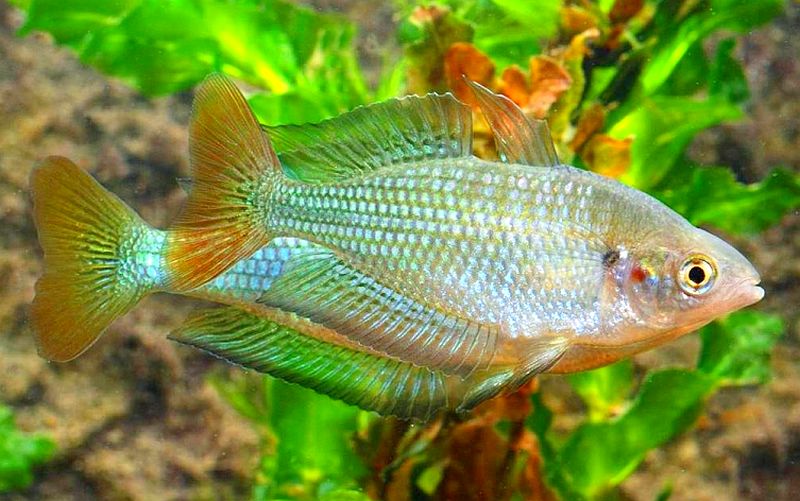
Australian Rainbowfish (Melanotaenia fluviatilis) (Murrumbidgee River) Tropical Fish Keeping
Species overview. Australian rainbowfish are a type of freshwater fish that are native to Australia and New Guinea. They are usually found in slow-moving rivers and streams with plenty of vegetation. Australian rainbowfish are very popular in the aquarium trade due to their bright colors. They come in a wide variety of colors, including blue.
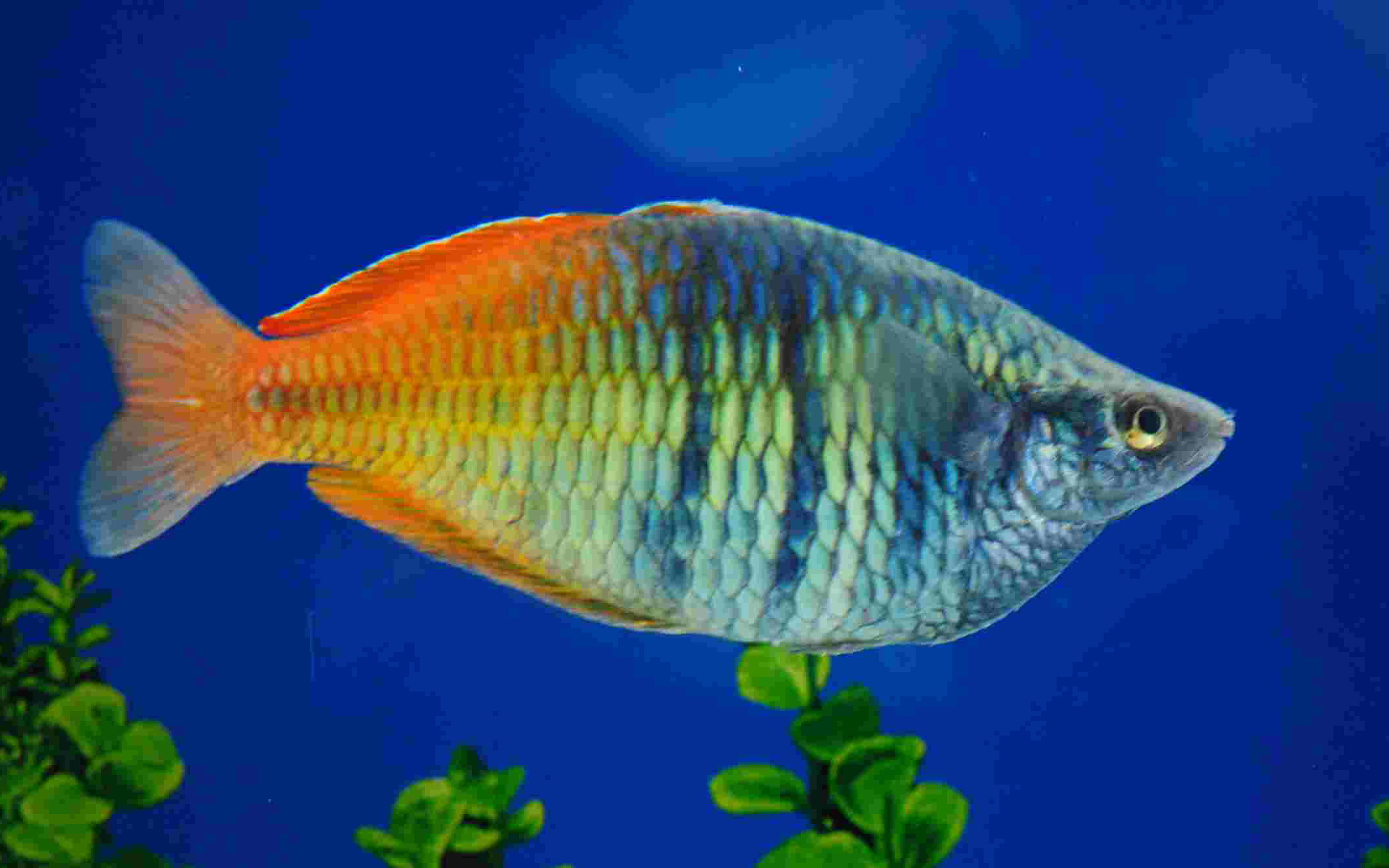
Melanotaenia Boesemani Boeseman's Rainbow Fish
A website dedicated to Rainbowfishes of Australia and New Guinea. Other notable discoveries include Scaturiginichthys vermeilipinnis, a new genus and species of pseudomugilid from an artesian spring system in central Queensland (Ivantsoff et al., 1991); and numerous rainbowfish species endemic to various river and lake systems in New Guinea.There have also been significant advances in our.

Australian Rainbow Fish And Their Amazing Colors pet care society
Jeff Webb/Flickr. The Murray River rainbowfish, also known as Murray rainbowfish or Australian rainbowfish, have more subtle colors, often being a soft rainbow of blue, green, yellow or silver. Male Murray River rainbowfish will have a bright orange stripe on their back end when they are getting ready to spawn.

Pseudomugil signifer; Pacific Blue Eye Rainbow fish, Fish, Australian rainbow fish
Distribution & Habitat Melanotaenia fluviatilis is the most southerly ranging rainbowfish in Australia and is the only species adapted to low winter temperature (normally around 10 to 15° Celsius). However, there is some evidence that numbers are seriously reduced during winter periods, when water temperatures drop below 10° Celsius.